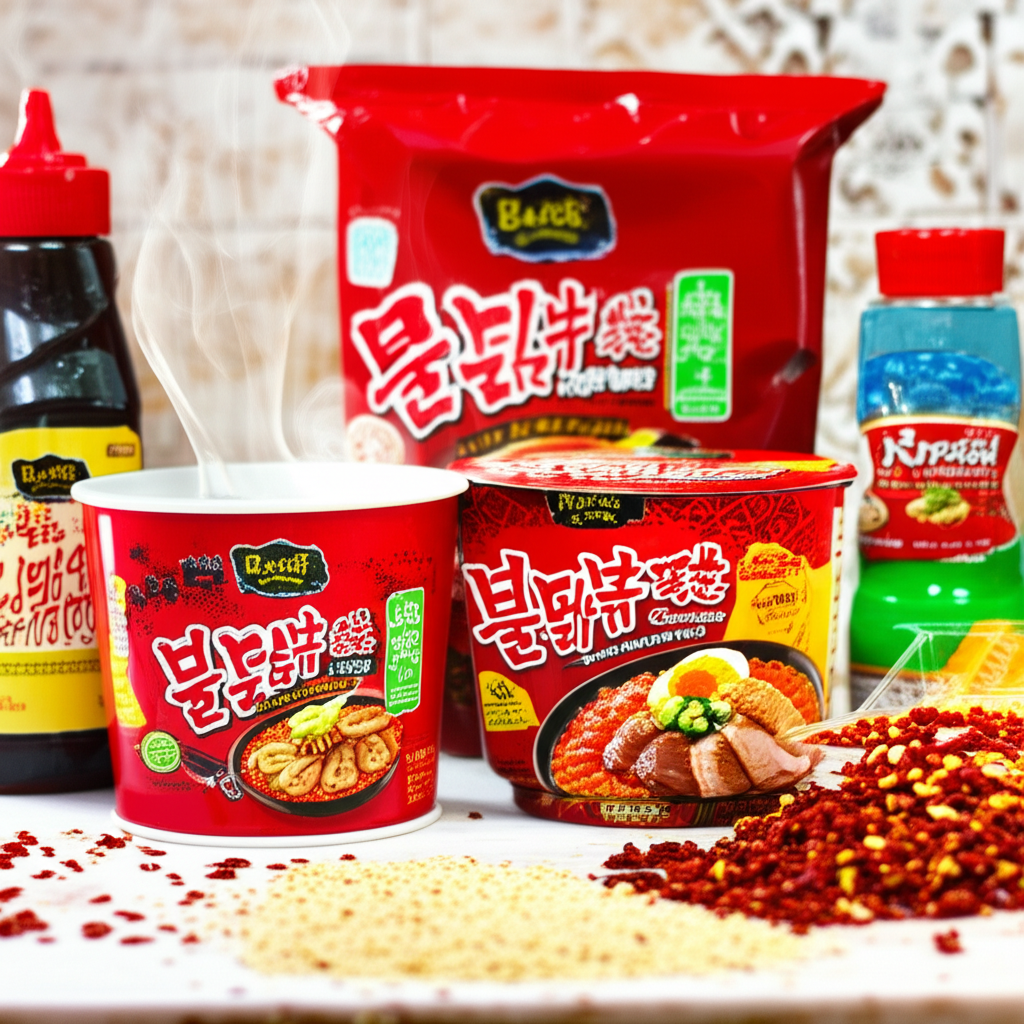
Korean cuisine is making waves in the Middle East as demand for spicy ramen and sauces surges, signaling a shift in regional food preferences. Exports of these products to Gulf Cooperation Council (GCC) nations have seen remarkable growth, with ramen shipments jumping nearly 44% and sauces climbing over 41% in the first four months of 2023 compared to last year. This boom reflects both the global appeal of Korean flavors and the Middle East’s evolving culinary landscape.
The GCC region, comprising six oil-rich nations with a combined population nearing 60 million, presents a lucrative market with high disposable incomes. Younger demographics and a growing interest in international cuisines have created fertile ground for Korean food products. Industry experts attribute this trend to rising health consciousness and a desire for bold, exotic flavors, with items like gochujang and spicy ramen leading the charge. The popularity of Korean media content has further fueled curiosity about the country’s culinary traditions.
Major Korean food brands are capitalizing on this momentum by tailoring their strategies for Middle Eastern consumers. Samyang Foods and Nongshim have made significant inroads, with the former generating substantial revenue through its UAE partnership. Both companies are prioritizing halal certification to meet local dietary requirements, with Nongshim operating dedicated production lines since 2011. Meanwhile, newer entrants like OTOKI are leveraging celebrity endorsements and halal-compliant manufacturing to carve out market share.
The expansion of high-end Korean restaurants in cities like Dubai and Abu Dhabi has created additional demand for authentic ingredients. Supermarkets now prominently feature Korean noodle varieties, while traditional fermented sauces show double-digit export growth. As food companies eye broader halal markets beyond the Middle East, this culinary exchange highlights how global tastes continue to evolve through cultural exchange and strategic market adaptation.